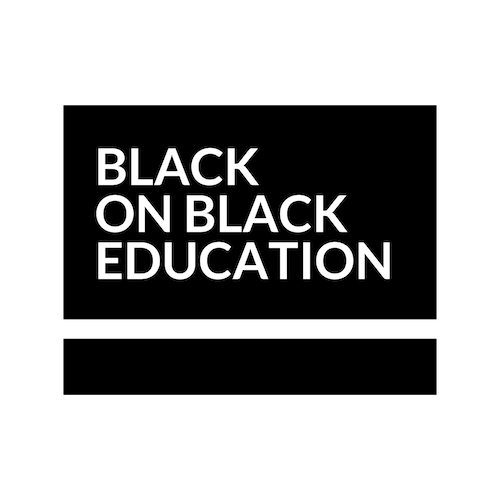Uniting for Change: Teacher Student Solidarity
As we look towards the future, it becomes evident that young people hold the key to shaping our society. Therefore, it is crucial that they are at the forefront of determining the future of our education system. I cannot emphasize enough how strongly I believe in this principle.
The world is evolving rapidly, and it is imperative that our schools keep up with these changes to adequately prepare students. To achieve this, we need to prioritize three main areas: teacher and staff wellness, student wellness, and student-centered practices.
It is time to acknowledge that schools are failing not because of teachers or students, but because the system itself is outdated and ill-suited to serve young people, particularly those from marginalized communities. We require a new approach that emphasizes solidarity between teachers and students, demanding the necessary changes from school leaders and the broader education system.
When teachers and students come together in solidarity, incredible things can happen. We can create a learning environment that is inclusive, supportive, and empowering for all. Together, we can dismantle the barriers that have hindered our progress for far too long.
While issues within the education system often create tension between teachers and students, I firmly believe that when teachers build relationships and provide students with a voice, they will realize the power they possess collectively. It is through unity that we can bring about the change we so desperately need.
Here are a few ways we can amplify the voices of the young people we have prioritized through this blog and stand in solidarity with them for the change we seek:
Organize peaceful protests and demonstrations: Teachers and students can collaborate to organize peaceful protests and demonstrations, shedding light on the need for change in the education system. By uniting and voicing their concerns, they can draw attention to issues such as inadequate resources, standardized testing, or inequitable policies that hinder student and teacher wellness. These actions will foster a sense of solidarity and prompt educational leaders and policymakers to take action.
Collaborate on research and advocacy projects: Teachers and students can join forces in research and advocacy projects, such as the Student Action Board, to gather evidence and data that support the need for change in the education system. By conducting research, collecting stories, and presenting their findings to decision-makers, they can present a compelling case for reforms that prioritize student and teacher wellness, as well as student-centered practices. This collaborative effort will amplify their voices and increase the likelihood of effecting meaningful change.
Create student-led clubs and organizations: Teachers can provide support and empowerment to students by encouraging them to form clubs and organizations focused on social justice and educational reform. These student-led groups offer platforms for students to discuss and address the issues they encounter within the education system. By promoting dialogue, activism, and providing resources, teachers can help students develop leadership skills and advocate for change within their schools and beyond.
Foster community partnerships and engage with local stakeholders: Teachers and students can work together to establish connections with community organizations, parents, and other stakeholders who share their vision for an improved education system. Through these partnerships, they can build a broader coalition for change and gain support for their goals. Collaborative efforts can include hosting community forums, organizing workshops, or partnering with local organizations to address specific issues. This approach ensures that the pursuit of change extends beyond the school walls, creating a lasting impact.
While social justice actions can be powerful means of drawing attention to the necessary changes in the education system, it is vital to approach these actions responsibly and with respect for the rights and safety of all. Teachers should guide students towards peaceful and constructive methods of protest, nurturing a sense of civic responsibility and empathy.
Together, teachers and students have the potential to shape a future where our education system prioritizes the well-being of all individuals and embraces student-centered practices. Let us stand united and resilient in our pursuit of a better education system for everyone.

